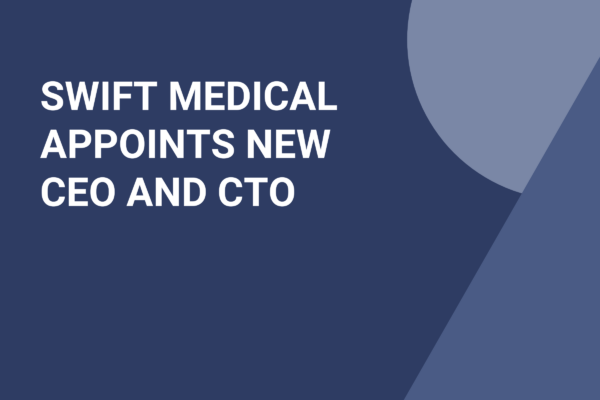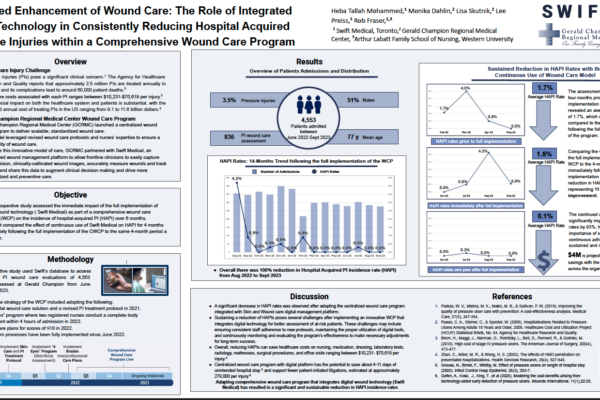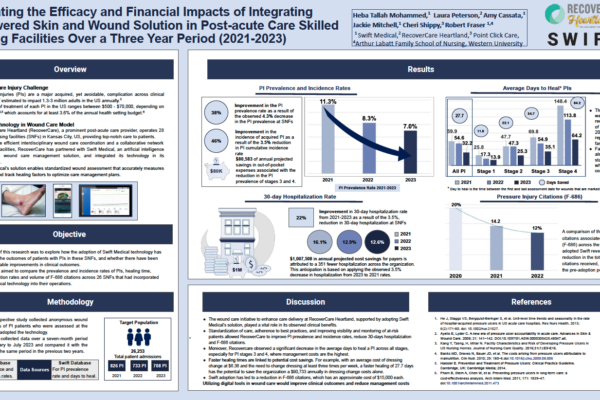Welcome to Swift Medical’s Multi-part Staffing Optimization Series for home health.
We know that high-performing home health agencies depend first and foremost on high-performing people. And as many studies have shown, staff that feel supported, fulfilled, and satisfied in their work perform better and have lower turnover. This series will explore various topics in the sector regarding staffing, including improving recruitment and retention, visit utilization, and empowering clinicians to practice at the top of their license.
In this installment, we will discuss how implementing digital tools can help increase the confidence of your staff and capacity of your wound program.
Healthcare is powered by humans. Almost 70% of all healthcare expenditure worldwide is spent on healthcare workers.¹ Of these healthcare workers in home health nurses are arguably the most vital and certainly the most numerous. And yet despite the vital role nurses play in delivering care, they often receive insufficient training and support in a key clinical area: wound care. More than 8 million Medicare beneficiaries have wounds with 1-in-3 patients in home health requiring wound care.² The high volume of wound patients combined with limited wound care capacity can negatively impact patient safety and the overall quality of care delivered.
This can also have profound consequences on nursing confidence and job satisfaction if nurses feel unable to properly care for their wound patients. Wound patients commonly deal with complex, comorbid conditions that often require intervention from specialized wound professionals such as WOCNs, WCCs, etc. Unfortunately, access to wound experts can be hard to come by, with only 1 wound specialist for every 500 wounds.³
It is understandable then that many home health agencies are hesitant to take on wound patients. And yet doing so can potentially close the door to more than 30% of eligible patients. Recognizing this, CMS has decided to reward the home health agencies that take on this vulnerable, clinically complex patient population. Out of the 12 clinical groupings under PDGM, wounds present the highest potential reimbursement opportunity. Further, at a national level, wound episodes have experienced the largest total increase in reimbursement when compared to the former PPS structure.⁴
How then can home health agencies manage gaps in wound care expertise without significantly limiting the types of patients they can care for? It starts with putting the right tools in place and leveraging technology to empower all clinicians to practice at the top of their license.
Swift Medical’s digital platform is designed to enhance the ability of home health agencies to better manage complex wound patients. Our technology makes wound assessments easy and intuitive with scientifically calibrated wound imaging functionality. This means you can stop measuring wounds using paper rulers to improve nurse confidence that they are measuring wounds accurately and consistently. Our technology has proven accuracy and consistency of over 95% compared to the +40% error rate associated with using paper rulers.⁵ And in addition to measuring surface area, we also enable wound depth and volume measurements so that nurses no longer need to poke and prod patients with qtips. The result is that nurses feel more confident that the wound data they’ve recorded is accurate and patients benefit from less invasive and painful depth measurements.
Capturing wound assessments with a digital platform also means that you get better visibility into the status of your wound population. With access to realtime information about the healing status of your wound patients, leadership can better allocate scarce wound specialists to proactively intervene and manage those most at-risk. With our technology, you can ensure the most appropriate nurse completes each in-person visit, while providing virtual support from the rest of the wound care team. By having more specialized wound nurses support visits virtually, you can have confidence that wound experts are being used to their full potential. Nurses can sometimes feel isolated from their peers given the distributed nature of care delivery in home health. With the ability for specialists to consult and support other nurses virtually, Swift helps close that gap and makes all clinicians feel more connected. LPNs and RNs feel more empowered to handle wound patients with technology that makes their jobs easier. Not only does this result in better clinical outcomes, it can help ensure that your staff are practicing at the top of their license. By better allocating LPNs and RNs who feel more comfortable managing wound patients, you can more efficiently manage resources to improve your organization’s financial performance as well.
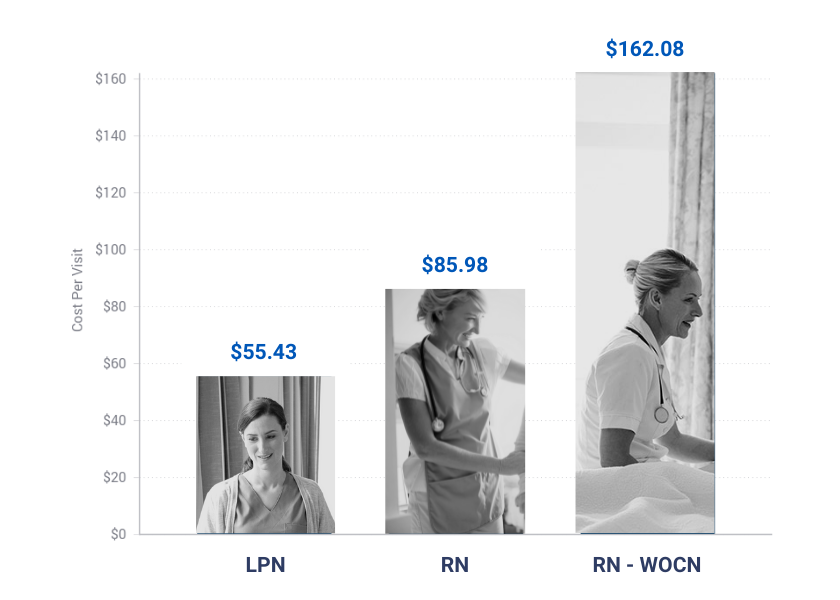
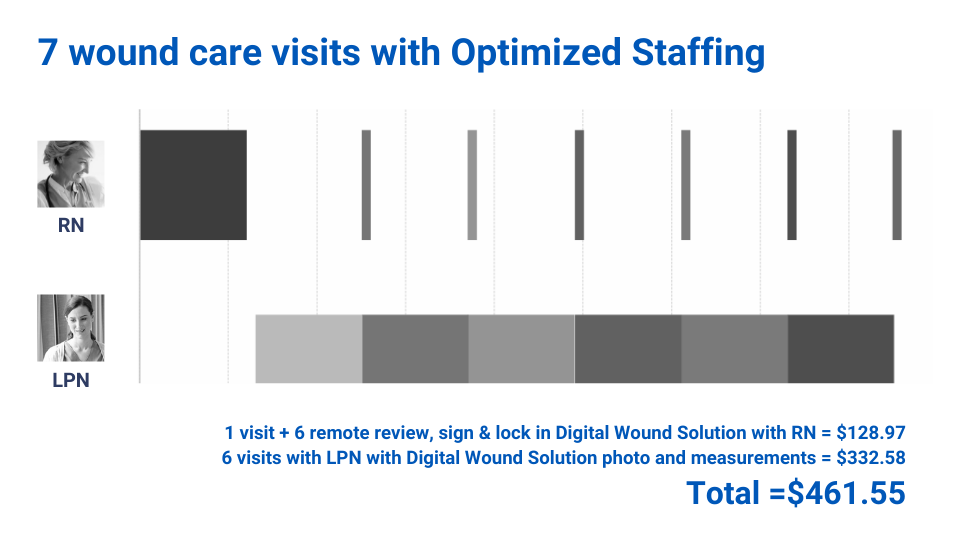
The results speak for themselves. Home health agencies that have adopted Swift’s technology have seen a 15% improvement in staffing optimization by enabling clinicians to practice at the top of their license. The user-friendly nature of technology that fits seamlessly into existing clinical workflows has also resulted in 40% time savings in the duration of home visits, increasing the capacity and satisfaction of staff.
To learn more about building a profitable wound care program in the PDGM era, download our ebook here. And to see Swift’s industry leading, AI-powered computer visioning and analytics technology in action book a demo today.
To get notified directly when the next installment in the Staffing Optimization series is here, sign up below.
¹ https://www.who.int/hrh/documents/measuring_expenditure.pdf
² Sen, Chandan K. “Human Wounds and Its Burden: An Updated Compendium of Estimates”. Wound Healing Society. January 15, 2019.
³ https://www.homecaremag.com/september-2018/nurse-wound-care-expert[1]
⁴ “Budget 2020: Prepare Your Bottom Line for PDGM”. MatrixCare and BrightTree. eBook, based on a webinar, with Simione Healthcare Consultants. 2019.
⁵ https://journals.plos.org/plosone/article?id=10.1371/journal.pone.0183139


